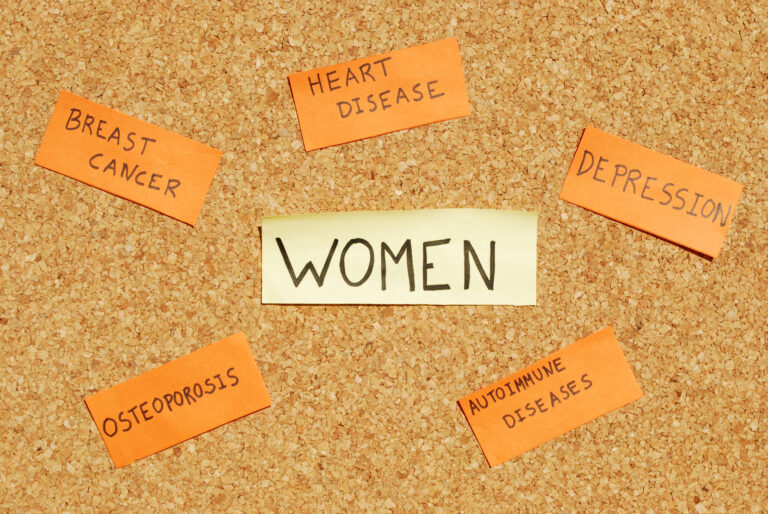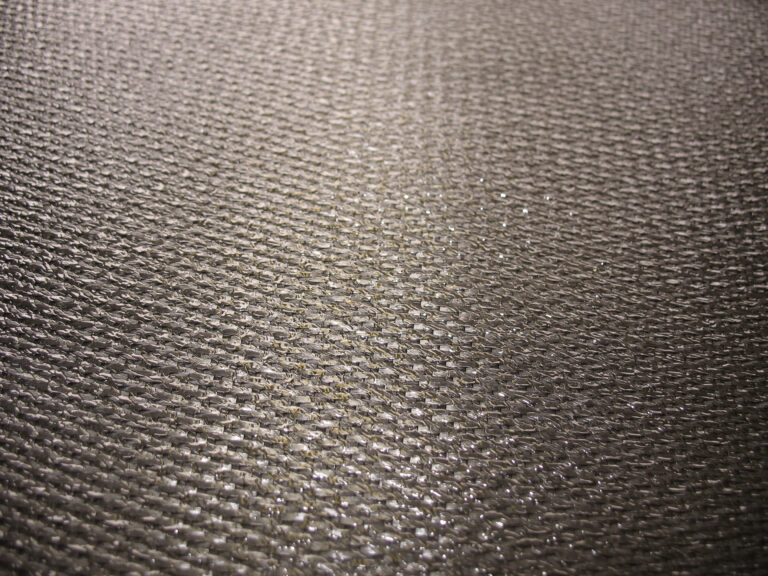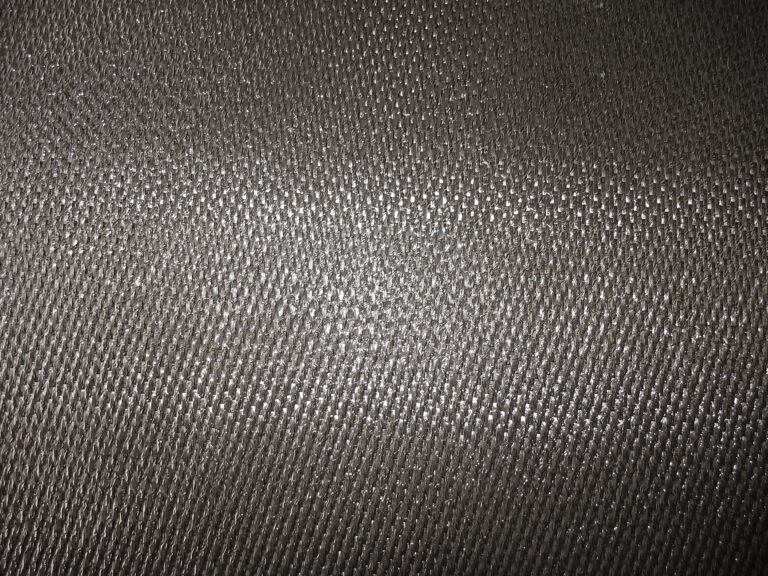Is Mold Making You Sick? Common Signs and Symptoms of Mold-Related Illnesses
Mold is a type of fungus that can grow in damp or wet areas, both indoors and outdoors. While mold is commonly found in nature, it can also be dangerous to human health when present in large amounts. Exposure to mold can cause a range of symptoms, from minor allergic reactions to more serious illnesses such as respiratory problems and even neurological disorders. In this article, we will explore the common signs and symptoms of mold-related illnesses, as well as how you can protect yourself from these health risks.
Introduction to Mold and Its Health Effects
Molds are microscopic organisms that thrive in moist environments. They reproduce by releasing spores into the air, which can then land on surfaces and begin growing new colonies. When mold grows inside homes or buildings, it can release chemicals called mycotoxins that can pose significant health risks to humans. Mycotoxins can cause a variety of adverse effects, including skin rashes, headaches, fatigue, and respiratory problems.
Common Signs and Symptoms of Mold-Related Illnesses
The most common sign of mold exposure is an allergic reaction, which may include sneezing, runny nose, congestion, and itchy eyes or throat. However, some people may experience more severe symptoms if they have weakened immune systems or chronic underlying conditions. These symptoms may include:
Respiratory problems such as wheezing, shortness of breath, coughing, or chest tightness
Skin irritation or rashes
Headaches, memory loss, or difficulty concentrating
Fatigue, muscle aches, or joint pain
Gastrointestinal issues such as diarrhea, nausea, or vomiting
The Dangers of Long-Term Exposure to Mold
Long-term exposure to mold can lead to more serious health problems over time. Some studies suggest that prolonged exposure to mold may increase the risk of developing certain types of cancer, such as lung cancer or lymphoma. Additionally, exposure to high levels of mold has been linked to neurological disorders such as Parkinson’s disease and multiple sclerosis.
How to Protect Yourself from Mold-Related Health Problems
If you suspect there is mold in your home or workplace, it’s essential to take action immediately to prevent further growth and potential health risks. Here are some steps you can take to protect yourself:
1. Identify sources of moisture: Look for leaks in pipes, roofs, or walls that could be causing water damage and creating ideal conditions for mold growth.
2. Remove any visible mold: Use appropriate cleaning products to remove any visible mold from surfaces, and dispose of contaminated materials properly.
3. Improve ventilation: Ensure adequate airflow throughout your space by opening windows, using fans, or installing an HVAC system.
4. Monitor humidity levels: Keep indoor humidity below 60% to reduce the likelihood of mold growth.
5. Seek medical attention: If you believe you have been exposed to mold and are experiencing symptoms, seek medical attention promptly.





